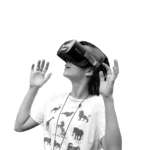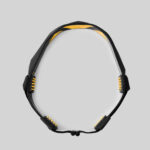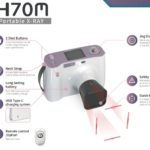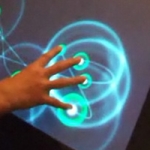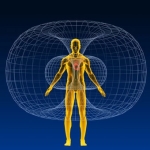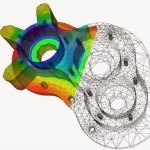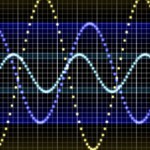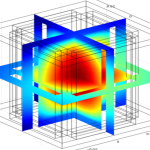Diabetic retinopathy (DR) and glaucoma is chronic eye diseases which when not diagnosed and treated soon can eventually lead to blindness. Retinal image analysis is increasingly prominent as a non- intrusive method to detect the different stages of retinopathy and the presence of glaucoma in retinal fundus images. The structure of the optic disc, the cup-to-disc ratio (CDR) and the thickness of the blood vessels are indicators of the condition of the eye.
The research at ITIE focuses on a novel method for automated optical disc segmentation using a modified multi-thresholding technique on a pre-processed fundus image. Another method of segmentation using K-means clustering is introduced and the performances of the two techniques are compared. An extraction of the retinal blood vessels is done in order to study the stages of the diseases. Furthermore, the cup-to-disc ratio in glaucoma images is calculated and compared to normal retinal images.
Scope:
- Detection of Glaucoma
- Analysis of Diabetic retinopathy
Diabetic retinopathy is the commonest cause of blindness in the working-age population of developed countries. Since the disease progresses in stages, early detection of retinopathy can play a crucial role in preventing severe repercussions. In this detection, the size and shape of the optic disc and blood vessels in the retinal fundus images are important characteristics that aid in pin-pointing the various stages of the disease. An automated screening system which examines the retinal images of the patients and helps identify and segment retinal components is efficient and accurate and can speed up the detection and diagnosis of the disease.
Retinal Image Analysis for Diabetic Retinopathy and Glaucoma Detection

